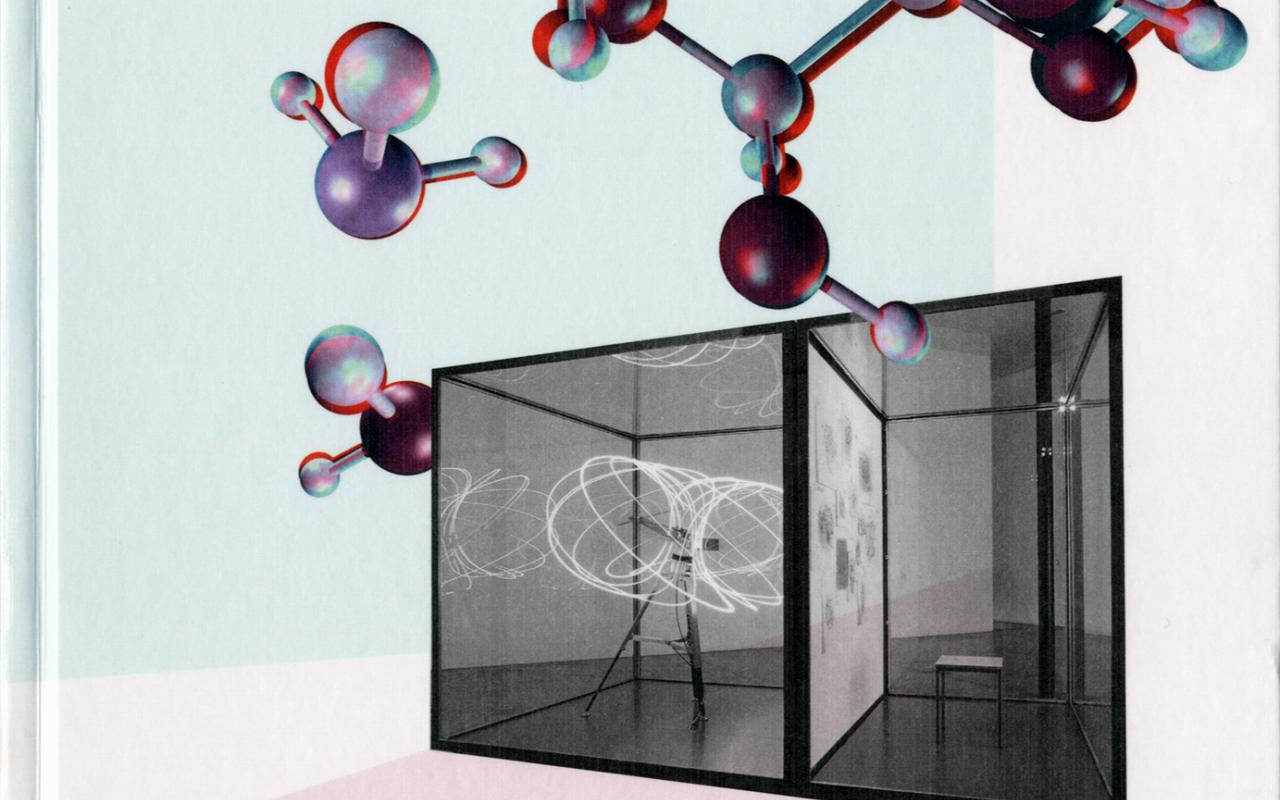Robert E. Mulvey: Molecular Architecture and Synergy in Organometallic Chemistry
- Duration
- 56:09
- Category
- Lecture/Talk
- Date
- 17.07.2011
- Description
Organolithium compounds were pioneered by Wilhelm Schlenk at the University of Jena in Germany in 1917. Nominated for a Nobel Prize for this and other brilliant work, Schlenk lost out because it was thought “organolithium compounds are too unstable to be of any use”. A century on and organolithium and other organometallic compounds are absolutely indispensable to the world. They are utilised in the manufacture of pharmaceuticals, dyes, agrochemicals, perfumes, polymers and many other important everyday commodities.
Their reputation of being challenging to handle and even pyrophoric, belies the fact that, at the molecular level, organolithium compounds adopt a bewildering variety of beautiful, eyecatching structures. These structures are not just aesthetically pleasing, they are the engines which drive the chemistry and properties of these useful materials. Our contribution to the development of these structures is discussed, focusing on the different architectures and patterns which emerge.
Chemists are constantly looking at new ways of improving organometallic chemistry. Presently we are developing the concept of “synergic bimetallics”. Reactions impossible with conventional organometallic compounds are now made possible using these synergic bimetallics as the two distinct metals can communicate with each other through the structure. Underpinning this new chemistry is a fascinating world of molecular architecture involving rings of atoms which can capture other molecules in their cores. An example of a sodium-magnesium ring capturing an iron molecule is shown in the portrait below. Cover art is becoming increasingly important in chemistry papers to draw attention to new discoveries in thoughtful, creative ways. Examples from our own work will be included in the presentation.
